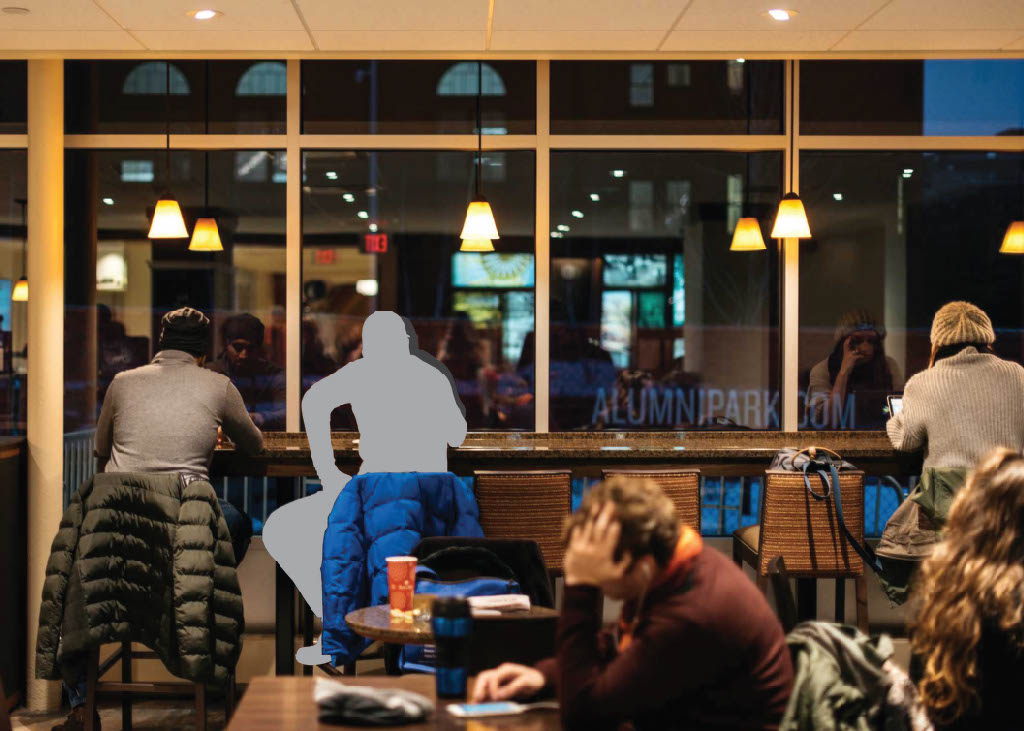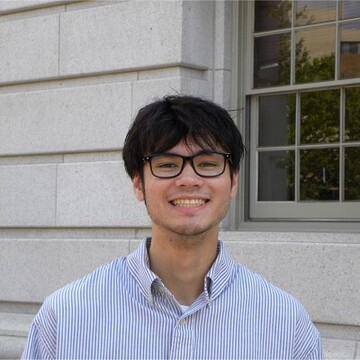As an underclassman, I avoided campus libraries and the unions, normally working in my dorm. I wasn’t unsociable — those who know me can attest. There was just something about those places I didn’t enjoy, and I wouldn’t realize why until the fall of my junior year.
On the second to last day of classes, my cultural psychology professor gave a lecture on the culture of college, wherein he highlighted a study examining his alma mater — the University of Virginia. Researchers asked undergraduates how often they used seven “iconic” public campus spaces — including the Rotunda and the Lawn — which you might note look quite similar to Bascom Hall and Hill.
Researchers found, across three separate studies, that students from lower socioeconomic status used iconic spaces less than their higher SES peers. Notably, a student’s sense of belonging on campus mediated their use of spaces and vice versa.
These are public spaces that define a campus — where students become friends with each other and where club events are held. Ideally, every student would feel equally comfortable in these places but, as the authors of the study put it, “public spaces have never been truly public.”
A light bulb might have appeared over my head in the middle of the lecture as I figured something to the effect of — “oh yep that explains it.” As a local kid who grew up surrounded by all things University of Wisconsin, I felt like I belonged in some ways.
But I was also a first-generation student from a family who broke into the middle class just before it was time to apply for college — in this way I didn’t think I belonged.
Belonging, I think, is the integral missing part of Diversity, Equity and Inclusion. It’s not enough for UW to increase admission access to underrepresented students if they don’t feel at home once they arrive. And this is exactly what we are seeing at universities — increasingly diverse campuses coupled with low self-reports of belonging from underrepresented student groups.
Over the past half-century, college has become dramatically more accessible, transforming campuses into some of the most diverse places in America. For instance, the percentage of high school graduates from low-income families enrolling in universities has risen from below 50% in 2000 to 67% in 2016, according to the National Center for Education Statistics. Moreover, white student enrollment at American universities has dropped from 84.3% in 1976 to 52.3% in 2022, according to the Education Data Initiative.
The student population at UW reflects these trends as well. Hispanic student enrollment has risen from 2,736 in the fall of 2020 to 4,081 in the fall of 2024, Black enrollment from 1,000 to 1,360 and Asian enrollment from 3,202 to 4,977. Enrollment of freshmen Pell Grant recipients has increased from 792 in 2014 to 1,323 in 2023.
At the same time, these minority groups are reporting weaker feelings of belonging than their majority counterparts. The 2021 UW campus climate survey asked students a set of “General Feelings on Campus” questions, one of which was “How often do you feel like you belong?” As the survey describes the results — “nonbinary, transgender, students of color and students with a disability responded less positively than their counterparts to all five General Feelings on Campus questions.”
This is not a new phenomenon either — the 2016 campus climate survey shared similar results with its successor. In 2016, only 50% of students of color reported they often felt like they belonged on campus, compared to 75% of white students.
One way researchers are understanding differences in belonging is through self-categorization theory. Based on this theory, students are likely to self-categorize — recognize themselves as part of a group — in situations where group identity is emphasized.
This is part of the reason why you feel “so college” when you tan at memorial union or play frisbee in front of your dorm — you’re immersed in a shared experience, surrounded by other students participating in stereotypical activities.
But in the same way a student can self-categorize as part of the ingroup, they can self-categorize as part of the outgroup. When a student from an underrepresented group tries to use an “iconic” space, but is surrounded by students who don’t look like them or come from different upbringings, they might think “oh I’m not a UW–Madison student.”
Resisting the urge to self-categorize is incredibly difficult — we are constantly evaluating ourselves against the content of our surroundings. So, rather than attempting to ditch this habit altogether, we should work toward familiarizing ourselves with new groups.
The researchers at UVA discovered that as students spent more time in iconic public spaces, their sense of belonging increased irrespective of SES. Think of it this way — if the Packers played every game at U.S. Bank Stadium, over time, it would start to feel like their home field just as much as it does for the Vikings.
This thinking can be applied outside of space use as well. If you insert yourself into situations that define the UW campus, you can expect to self-categorize as a bonafide UW student.



